Not all dog breeds are created equal, especially in the eyes of veterinarians. While every dog has the potential to be a loving companion, some breeds come with challenges that make even the most seasoned vet think twice before bringing them home. Whether it’s due to health issues, behavioral quirks, or just the sheer amount of maintenance required, these 14 breeds often find themselves on the “no thanks” list. Here’s a rundown of the breeds vets say they’d never own, and the reasons why.
1. Dalmatian
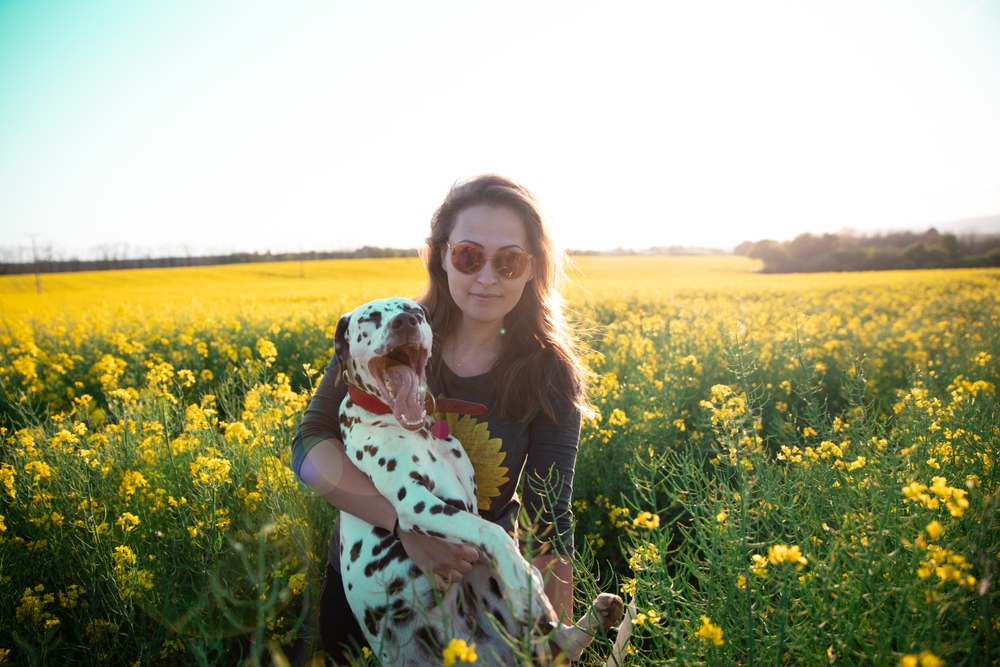
Dalmatians, with their iconic spots and boundless energy, capture the hearts of many dog lovers. However, vets are wary of their genetic predisposition to deafness, which can affect training and safety. These dogs are known for needing plenty of exercise and mental stimulation, which can be overwhelming for someone with a busy lifestyle. Maintaining a Dalmatian’s lifestyle requires a significant time investment and physical stamina.
Moreover, Dalmatians can exhibit stubborn and independent behavior, which may pose a challenge for first-time dog owners. This breed thrives in environments where they can run and play to their heart’s content, but without proper outlets, they may become destructive. Their sensitive skin is prone to allergies, necessitating careful management of their diet and environment. It’s a commitment that goes beyond the allure of their unique appearance.
2. Bulldog
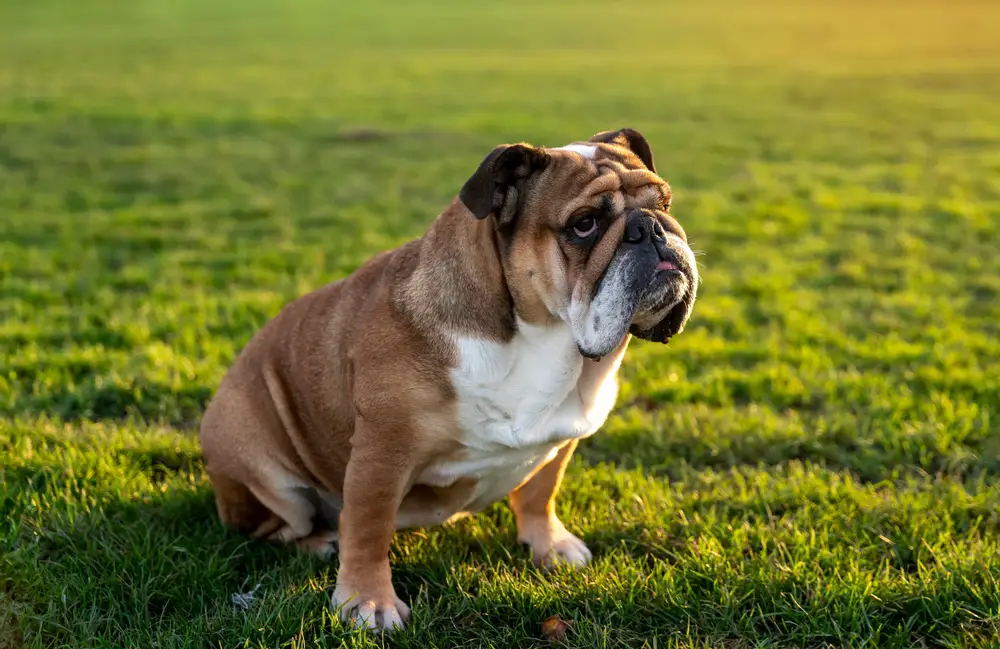
Bulldogs are undeniably charming with their wrinkled faces and stocky builds, but they come with a laundry list of health concerns. Vets often avoid owning them due to their predisposition to respiratory issues, which can make even a short walk seem like a marathon. These dogs are prone to overheating and require constant monitoring in warmer temperatures. Owning a bulldog means being prepared for potential surgeries and frequent vet visits, which can be both emotionally and financially taxing.
According to the American Kennel Club, bulldogs often suffer from brachycephalic obstructive airway syndrome (BOAS), a condition related to their flat faces. This requires owners to be vigilant about their breathing, especially during exercise or warm weather. The breed’s health challenges demand a dedication to ongoing care and a willingness to adapt to their special needs. While their personalities are endearing, the commitment they require is not for the faint-hearted.
3. German Shepherd
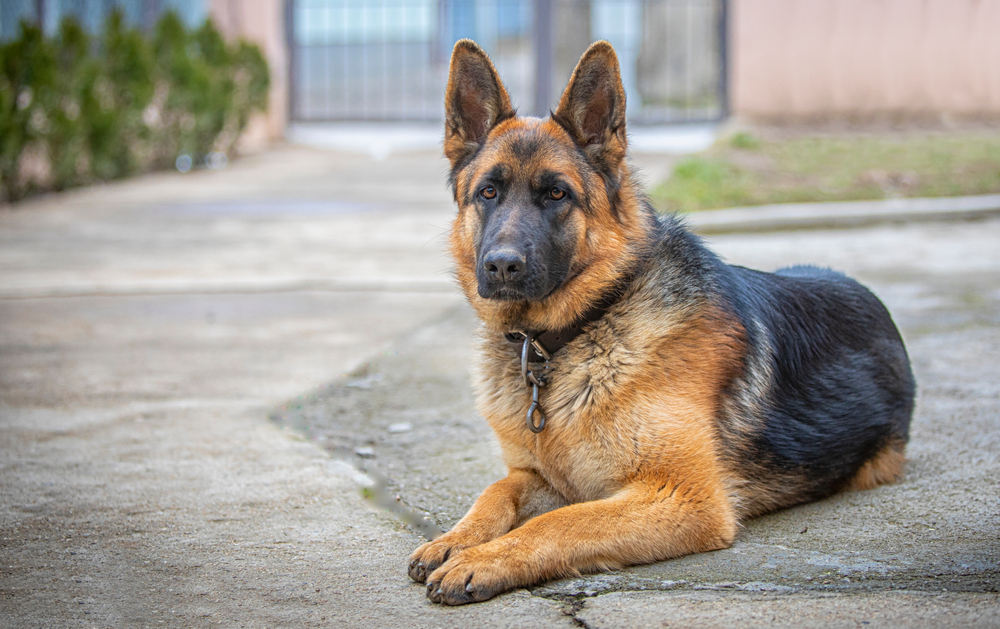
Known for their loyalty and intelligence, German Shepherds are a favorite for roles in police and service work, yet vets often hesitate to own them. This breed is genetically predisposed to hip dysplasia, a painful condition that can severely impact their mobility. An article published by the Orthopedic Foundation for Animals highlights that nearly 20% of German Shepherds are affected by this ailment. The cost of treatments and the emotional toll of seeing a beloved pet in pain are significant deterrents.
Beyond health issues, German Shepherds require extensive training and socialization to manage their protective instincts. Without proper handling, they can become overly aggressive or anxious, especially around strangers or unfamiliar animals. These dogs excel in active households that can match their need for physical and mental stimulation. Prospective owners must be prepared to invest in training and ongoing health management to ensure a happy, healthy dog.
4. Chow Chow
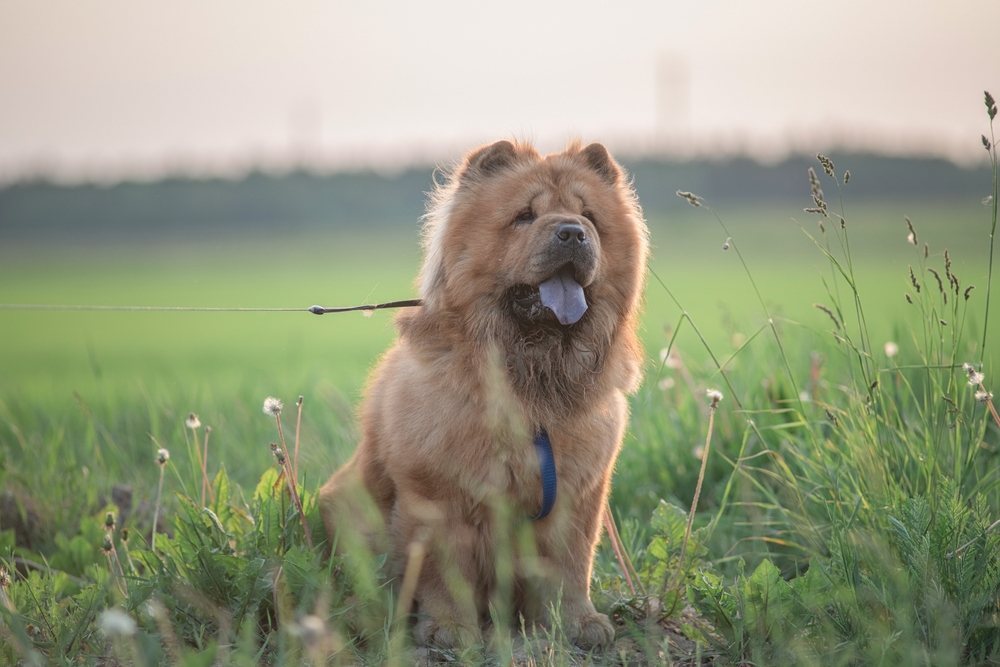
Chow Chows are recognizable by their lion-like mane and blue-black tongues, but their eye-catching appearance comes with a reputation for aloofness. Vets often steer clear of this breed due to its stubborn, independent nature and potential for aggression if not properly trained. Chow Chows require experienced handlers who can assert themselves as pack leaders without using harsh training methods. Their wariness of strangers makes them excellent guard dogs, but it can also lead to difficulties in social settings.
Additionally, the breed is prone to a host of health issues, including entropion and hip dysplasia, which can lead to expensive medical bills. Their thick coats require regular grooming to prevent matting and skin infections, adding to the time commitment needed for proper care. While fiercely loyal to their families, Chow Chows are not always the best choice for families with small children or other pets. They demand patience, consistency, and a firm yet gentle approach to training.
5. English Mastiff

With their massive size and gentle demeanor, English Mastiffs can seem like the perfect gentle giants, but vets often choose to admire them from afar. Their size alone poses challenges, from housing to travel, and they require ample space to move freely. Mastiffs are prone to a host of health issues, including hip dysplasia and heart conditions, which necessitate frequent vet check-ups. A study in the Journal of Veterinary Internal Medicine notes their predisposition to cardiovascular diseases, which can lead to a shorter lifespan.
Moreover, their drooling and shedding can be overwhelming for some owners who are unprepared for the constant cleanup. Mastiffs are known for their laid-back nature, but their sheer strength requires an owner who can manage them confidently. They thrive on companionship and do best in homes where they are not left alone for long periods. Owning a Mastiff is a commitment to managing their health and ensuring they lead a fulfilling, active life despite their physical limitations.
6. Siberian Husky
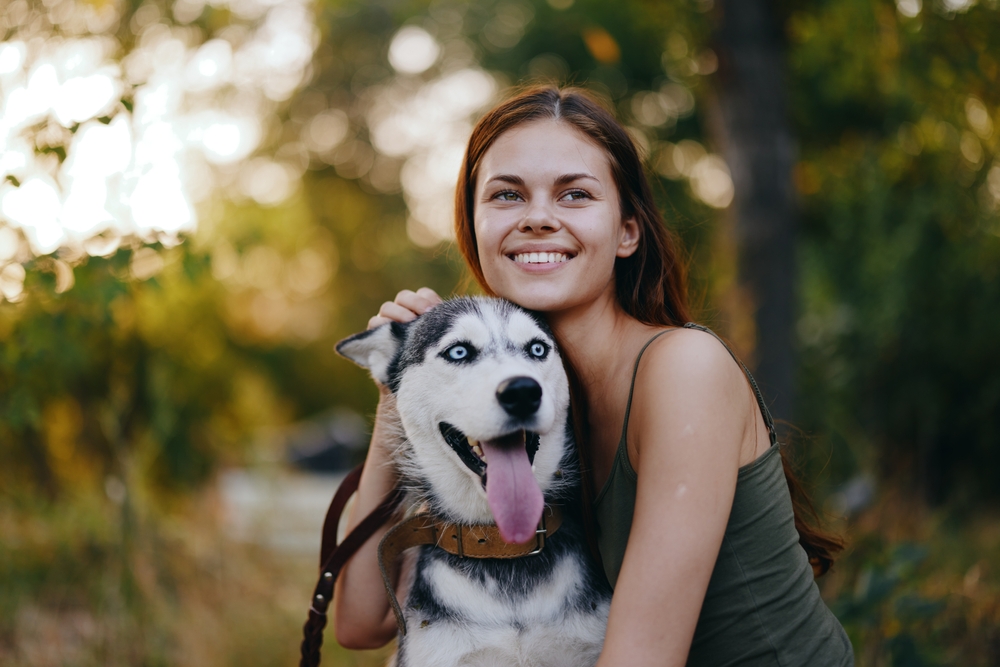
Siberian Huskies captivate with their striking blue eyes and wolf-like appearance, yet they are not for the faint-hearted. Vets often shy away from them due to their high energy levels and strong-willed nature. This breed demands rigorous exercise and mental stimulation, making them a poor fit for sedentary lifestyles. Without proper outlets, their boredom can manifest in destructive behaviors or escape attempts.
Their independent spirit can make training a challenge, requiring patience and consistency from their owners. Huskies are also known for their vocalizations, which can become a nuisance if not properly managed. Grooming is another consideration, as their thick double coats shed heavily, particularly during seasonal changes. While they are loving family companions, their needs are significant and require a dedicated owner who can meet their demands.
7. Dachshund

Dachshunds, with their long bodies and short legs, are undeniably adorable, but vets recognize the health risks associated with their unique build. This breed is particularly prone to intervertebral disc disease (IVDD), a condition that can lead to severe back pain and even paralysis. According to the Veterinary Clinics of North America, Dachshunds account for a significant percentage of IVDD cases, necessitating careful management of their activities. Owners must be vigilant about preventing activities that strain their spines, such as jumping from furniture.
Beyond physical health, Dachshunds are known for their tenacity and sometimes stubborn behavior. They require consistent training to manage their strong prey drive and can become territorial if not properly socialized. These traits can be challenging for novice dog owners who might underestimate their persistent nature. While they are affectionate and playful, the commitment to managing their health and behavior is considerable.
8. Belgian Malinois
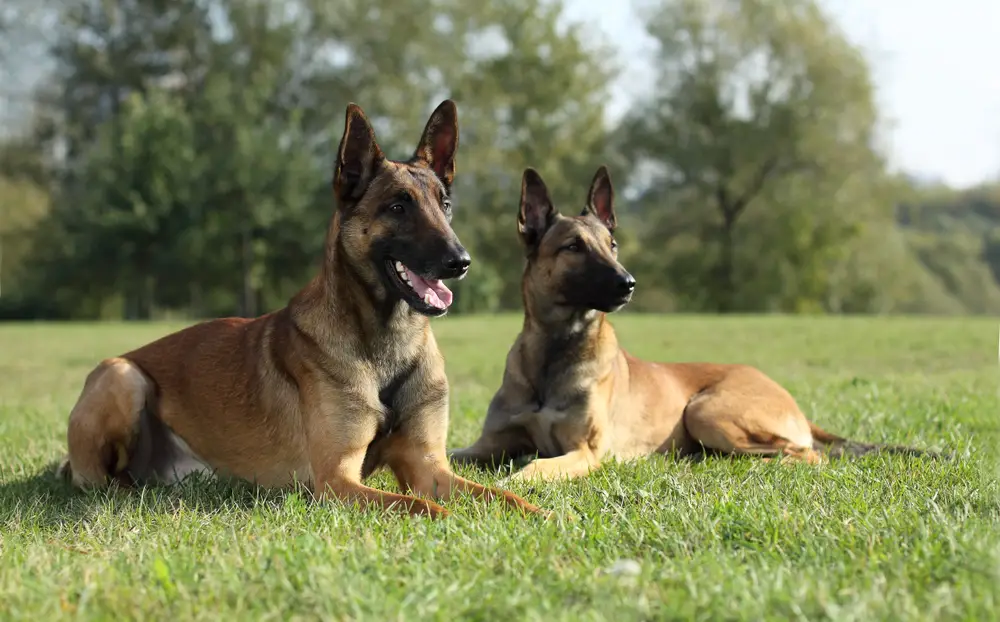
Praised for their intelligence and work ethic, Belgian Malinois are often seen excelling in roles that require precision and discipline, such as police work. However, vets often advise against them as family pets due to their intense energy levels and need for constant mental stimulation. Without a job to do or a highly active lifestyle, they can become restless and develop behavioral issues. Their intelligence and drive mean they thrive on training and tasks that challenge them both mentally and physically.
The breed requires experienced handlers who can provide firm, consistent leadership and are prepared for the responsibility of meeting their high exercise needs. Belgian Malinois have a strong protective instinct, which can lead to aggression if not properly managed. They are best suited for homes where they can be actively engaged and where their owners are committed to ongoing training. Their demands in terms of time, energy, and training can be overwhelming for those unprepared for the challenge.
9. Pug

Pugs are cherished for their compact size and playful personalities, but vets caution potential owners about their numerous health concerns. Their flat faces, while endearing, contribute to breathing difficulties similar to those in bulldogs, making them prone to respiratory issues. Pugs can also suffer from eye problems and obesity, both of which require careful monitoring and regular veterinary care. Their charming snorts and snuffles come with a responsibility that extends beyond standard pet care.
Despite their small stature, pugs require a balanced diet and regular exercise to maintain a healthy weight. Their affectionate nature means they thrive on companionship, but prospective owners should be ready for the challenges of owning a brachycephalic breed. These dogs are sensitive to heat and may require air-conditioned environments during warmer months. While they bring joy and humor to any household, the commitment to managing their health and comfort is considerable.
10. Shar Pei

Shar Peis are famous for their distinctive wrinkles and strong-willed personalities, but vets often caution against owning them due to their complex health needs. Their skin folds require meticulous care to prevent infections and irritations, which can be a daunting task for any owner. Shar Peis are also prone to hereditary conditions such as entropion and hip dysplasia, resulting in frequent veterinary visits. The breed’s independent nature demands experienced handlers who can provide consistent training without harsh corrections.
Their aloofness with strangers can make socialization a critical aspect of raising a well-adjusted Shar Pei. Owners must be diligent in exposing them to various environments and people to prevent aggressive tendencies. Additionally, their strong-willed nature can make them challenging to train, requiring patience and a firm yet gentle approach. While they can form deep bonds with their families, the dedication needed to meet their health and social needs is substantial.
11. Beagle

With their soulful eyes and cheerful demeanor, Beagles are hard to resist, but vets often pass on owning them due to their vocal nature and stubborn streak. Known for their distinctive baying, Beagles can be a challenge for those living in noise-sensitive environments. They possess a strong prey drive, making them prone to chasing scents and wandering off if not properly contained. This breed requires vigilant supervision and secure fencing to prevent escapes.
Beagles are pack animals, and their social nature means they thrive on companionship, whether human or canine. However, their stubbornness can make training a test of patience, necessitating a consistent and positive approach. They require ample exercise and mental stimulation to prevent boredom, which can lead to destructive behaviors. While they are endearing and affectionate, the commitment to managing their vocalization and energy levels is significant.
12. Akita

Akitas are known for their dignified presence and loyalty, but vets often advise against them for inexperienced owners due to their dominant nature. This breed requires an assertive owner who can establish leadership from an early age, as they can be challenging to train. Akitas are naturally protective and may exhibit aggression towards strangers or other animals if not properly socialized. They thrive in environments where they are given clear boundaries and consistent training.
Their thick coats require regular grooming to prevent matting and shedding, adding to the time investment needed for their care. Additionally, Akitas are prone to conditions such as hip dysplasia and autoimmune diseases, requiring regular health monitoring. They are best suited for homes with no small children or other pets, as their strong prey drive and independent nature can lead to conflicts. The commitment to managing their behavioral and health needs is substantial but rewarding for those who can provide the right environment.
13. Rottweiler
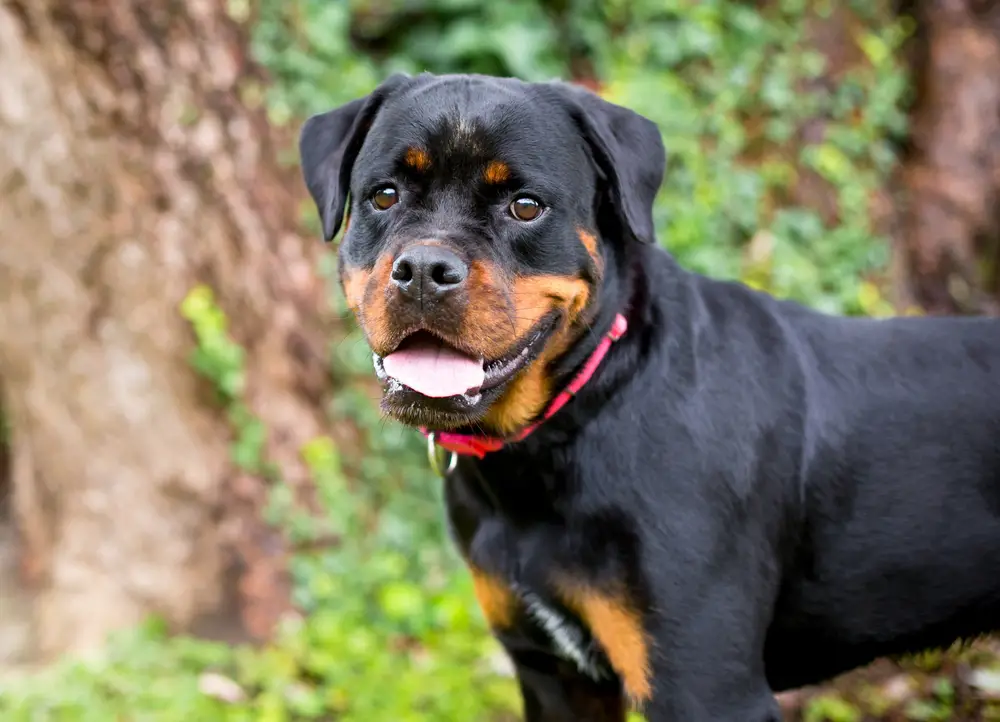
Rottweilers are known for their strength and loyalty, but vets often caution potential owners about their need for experienced handling. This breed requires rigorous training and socialization to manage their protective instincts and prevent aggressive behavior. Rottweilers can be wary of strangers, making early exposure to various environments and people essential to their development. Their size and strength mean they need confident owners who can provide consistent leadership.
Health-wise, Rottweilers are prone to conditions such as hip and elbow dysplasia, necessitating regular veterinary check-ups and a commitment to managing their weight and exercise. Their short coats require minimal grooming, but their need for mental and physical stimulation is significant. They are best suited for active households where they can participate in activities that challenge their minds and bodies. Owning a Rottweiler is a commitment to ongoing training and health management, requiring dedication and responsibility.
14. Chihuahua

Chihuahuas, with their diminutive size and bold personalities, often win over admirers, yet vets often steer clear due to their fragility and temperament. Their small stature makes them prone to injuries, necessitating careful handling and supervision, especially around small children or larger pets. Chihuahuas are also known for their sass and can exhibit aggressive tendencies if not properly socialized and trained. Their strong-willed nature requires a patient and consistent approach to training.
Despite their size, Chihuahuas have a big-dog attitude, often becoming territorial or protective of their owners. They thrive in environments where they receive plenty of attention and mental stimulation to prevent boredom-related behaviors. Additionally, their propensity for dental issues means owners must be vigilant about dental care and regular check-ups. While they bring plenty of personality to any household, the commitment to managing their health and behavior is considerable.
